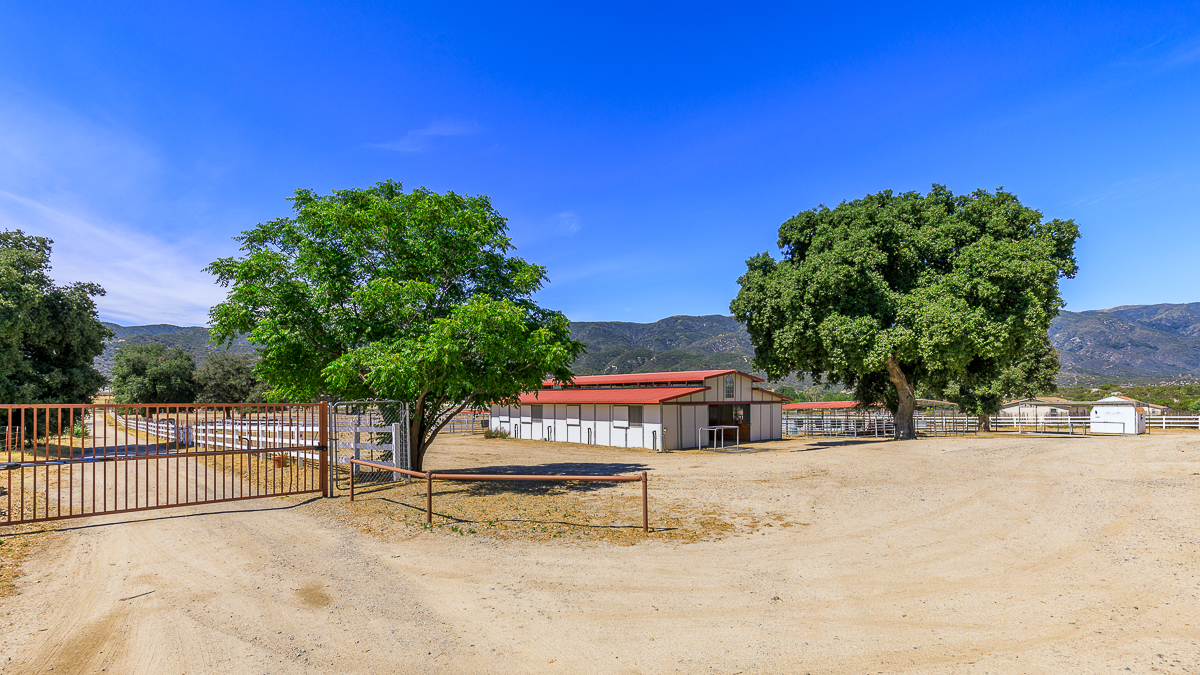Easements in Real Estate

So, you just bought a new home, ranch, or some acreage, and now you’re in escrow. You read in the Preliminary Title Report there are easements…what are easements?
Easements in gross are usually for utilities such as electric or cable companies:
Those easements are typically described in the property deed including a map of which utility or municipality is entitled. With a utility easement, the property owner can use the property however they choose, as long as they don’t interfere with the utility or Municipality’s use. Almost every property has an easement, for utility access. It is important to be aware of any easements, especially if you plan to put in a pool. A property owner can’t build on top of an easement. Just because a home is described as a pool-sized lot in the MLS, does not mean that a new buyer can install a pool. It simply means the lot is big enough to accommodate a pool.
Easement in gross usually are along the edge of a property and don’t interfere with full use of the property. However sometimes there is an easement, for example, a sewer line, and if the Title Company doesn’t disclose it, they would be liable for “diminished value” of the property or for relocating the easement in gross.
Easements Appurtenant Benefits and a neighbor’s property: The in and out of it…
These easements were created for specific purposes, the most common of which is ingress and egress. Your property would be called the “servient tenement”and the property which benefits is the “dominant tenement”. For example, these types could involve a shared driveway, or the road could be the only access point for a home behind your property.
A landowner cannot be denied access to his home or property, and this is generally considered in the deeds when the land is originally divided. Although necessity creates a right to an easement, it is imperative to ensure the exact location of an easement is recorded on the deed.
Prescriptive Easements can be troublesome:
Easements by prescription, are acquired by “adverse possession” by what the law calls, “hostile, open and notorious use” for five years in the state of California. For example, a prescriptive Easement could be claimed by a person who goes across a parcel of land owned by another continuously for five years without the owner’s permission or consent. If its use is only temporary, or is stopped during the five years, that stops the “continuous use” (“hostile” use) and no longer can be acquired by the “adverse Possession” rule.
The best way to prevent prescriptive easements from happening on your property is to periodically inspect property boundaries to be sure that it isn’t being used without your permission. FYI, if you are hoping to acquire property vie “adverse possession”, you may also need to pay the property taxes, so consult a lawyer!
Plotted Easement map
Another way to be sure of where the easements are on your new property, is to request a Plotted Easement map from your Title Company. This will show all recorded Easements for your property. This is very helpful when purchasing large lots that are also multiple parcels.
The following additional rights are recognized as easements, even if there are no official documents or agreement:
Aviation Easement– the right to use the airspace over a property, flying above a certain altitude, where needed for spraying of property of other agricultural purposes.
Storm Drain Easement– The right to install a storm drain to carry rainwater to a river, wetland, or other body of water.
Sidewalk Easement– The right of the public to use sidewalks in front of a public area.
Beach Access Easement– The right for neighboring residents to access a public beach, even if the access crossed private property.
Dead end Easement– the requirement for a landowner to grant the public access to the next public way, even if such access crosses on his property.
Conservation Easement – the right of a land trust to limit development, usually done for protecting the environment.
(Courtesy of the Legal Dictionary).
This article was written for the Neighborhood news in October 2017 by Jacqueline Donohue

 Facebook
Facebook
 X
X
 Pinterest
Pinterest
 Copy Link
Copy Link


